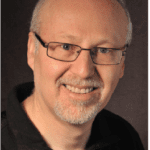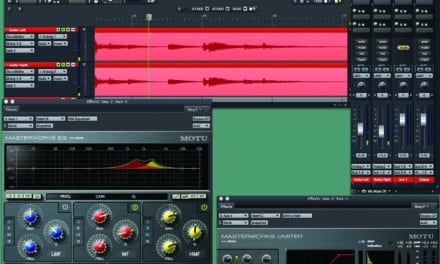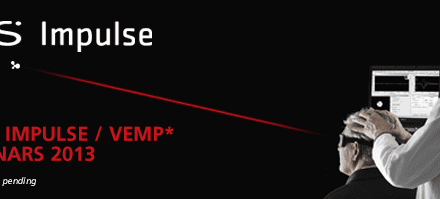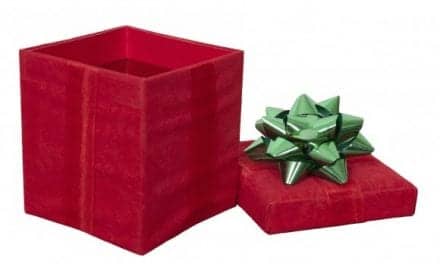Back to Basics | July 2016 Hearing Review
This letter is based on my 35 years working with hard-of-hearing musicians at the Musicians’ Clinics of Canada (www.MusiciansClinics.com).
In recent years, an assortment of new technologies for hearing aids have become available that will allow hard-of-hearing audiophiles and musicians to reprogram their hearing aids once they leave the audiologist’s office. While on the surface this appears to be a good idea—one can fine-tune the hearing aids in real-life situations with real-life musical instruments—there can be some drawbacks.
Recently the tools that audiologists use to program hearing aids have been made available for purchase by consumers. These include the fitting software for any number of hearing aid manufacturers, the interface box between the computer and the hearing aid (called HI-PRO), and the necessary wires and cables that can connect the HI-PRO interface to the hearing aids. These tools can be expensive, but given the cost of many hearing aids, the expenditure on the tools pales in comparison to the expenditure on the hearing aids. One must keep in mind, though, that the cost of the hearing aid encompasses more than its physical parts. It includes a prescription of the correct amount of (possibly level-dependent) gain and a limit of the frequency response, follow-up appointments, and most importantly, the verification that the hearing aid actually does what it is supposed to do.
The short story is that I recommend that you leave the programming and verification in the hands of the hearing care professional. Allow me to explain why this is actually for your own protection.

Robert Boyle, a chemist and physicist who, in 1662, discovered that as volume increases, the pressure of gas decreases in proportion; conversely, as volume decreases, the pressure of gas increases. This law also applies to sound pressure. Hearing care professionals use Boyle’s Law to ensure that sound pressure levels from hearing aids in your ear canal do not damage your hearing.
There are many hearing aid parameters that need to be adjusted and verified by the clinician. To be fair, most of these parameters are rather benign and the worst case scenario is for you to reset them to the initial settings. These may include the frequency response, the various features of the compressors (including knee-point thresholds, attack and release time, and compression ratio). These parameters are likely well-known to musicians and audiophiles. Many use software for music composition and recording that has all of these parameters (eg, logiPro). I would suspect that the experienced musician probably knows as much about these parameters, especially for music, as many hearing care professionals.
The one parameter that can cause additional permanent hearing loss (also true for LogiPro and other music software) is the maximum sound that can be transduced through hearing aids. Audiologists refer to this as the OSPL90, or maximum Output Sound Pressure Level with 90 dB SPL input. If the OSPL90 is set too high, then permanent future hearing loss can occur. This is where the dispensing professional comes in, armed with Boyle’s Law.
Boyle’s Law is a 17th Century discovery made at Imperial College in London. Boyle found that, in an enclosed volume, the pressure was inversely related to the volume—the smaller the volume, the higher the pressure. This includes sound pressure. We learn this in high school chemistry classes as part of the ideal gas law. It is why balloons tend to explode when one sits on them: the volume is decreased to a point where the pressure is so great that the balloon bursts.
The maximum output or OSPL90 that will be seen on the hearing aid fitting software is a number measured in a 2 cc coupler. That number is fairly accurate if your ear canal with a hearing aid in place has a volume of 2 cc, but we rarely see that “average person.” People with smaller-volume ear canals, such as children, have a much greater sound level generated at their eardrums than what the OSPL90 number will indicate. This can easily be as much as a 10-15 dB difference, depending on the frequency.
Of the many tests that an audiologist uses to verify hearing aid function, there is a device called a probe-tube microphone measurement. As the name implies, this is a controlled miniature microphone situated at the end of a long silicon tube that can measure precisely what the hearing aid generates. Without verifying the sound levels in a person’s ear, one cannot be sure if the sound levels are too great.
In the near future, additional technologies will be coming onto the market that will allow the hard-of-hearing audiophile or musician to program their own hearing aids. If you are so predisposed, go ahead and experiment with the frequency response and compression characteristics, but also make an appointment with your hearing care professional to ensure that the set-up does not generate sound levels that are too great and, therefore, unsafe for your hearing. A hearing care professional can verify sound levels, and provide you with a frequency-by-frequency correction or calibration curve that translates the numbers on the computer screen to actual sound levels that can be generated in your ear canals.
Marshall Chasin, AuD, is an audiologist and the Director of Auditory Research at the Musicians’ Clinics of Canada, Adjunct Professor at the University of Toronto (in Linguistics), and Associate Professor in the School of Communication Disorders and Sciences at the Western University. He is the author of over 200 articles and 7 books including Musicians and the Prevention of Hearing Loss. He has also recently developed a new app called the Temporary Hearing Loss Test app.
Correspondence can be addressed to: [email protected]
Original citation for this article: Chasin M. Back to Basics: An Open Letter to Hard-of-Hearing Musicians. Hearing Review. 2016;23(7):12.?






